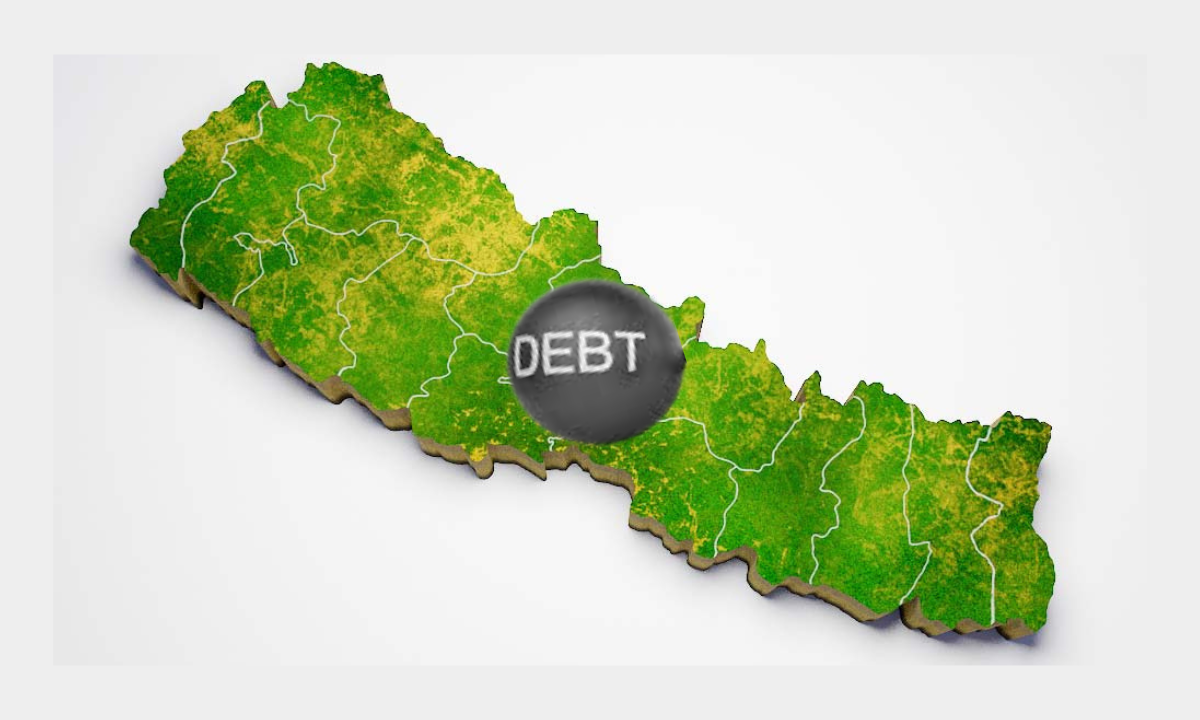Nepal’s public debt now stands at Rs. 2,611.06 billion as of mid-February 2025. It’s a pretty huge jump compared to last year, and it’s raising some concerns.The external debt is Rs. 1,328.25 billion, while domestic debt comes to Rs. 1,282.81 billion. These numbers are based on the latest report by the Public Debt Management Office.
This year, in just the first seven months, the total debt has increased by 7.27%. Domestic debt grew by 8.62%, and external debt rose by 6%.
At the start of this fiscal year, public debt was Rs. 2,434.09 billion. By February 12, 2025, Rs. 176.97 billion was added to that. Of that, Rs. 101.91 billion came from domestic loans, and Rs. 75.06 billion came from foreign loans.
What’s concerning is that external debt now makes up more than half of the total, with 50.87%, while domestic debt stands at 49.13%. The debt to GDP ratio has now passed 45%, sitting at 45.77%. External debt’s share of GDP is 23.28%, and domestic debt’s share is 22.49%.
At the end of the last fiscal year, the debt to GDP ratio was 42.73%. It’s clear the trend is upward, and it’s something to keep an eye on.One thing contributing to the rise in debt is the weakening of the Nepali Rupee against the US Dollar. This has added Rs. 36.59 billion to the debt burden.
The government plans to raise Rs. 547 billion this year to cover the budget deficit. Rs. 330 billion is expected to come from domestic borrowing, while Rs. 217.67 billion will be from external loans. So far, they’ve raised Rs. 290.57 billion, which is about 53.12% of the target. This includes Rs. 229.15 billion in domestic debt and Rs. 61.42 billion in foreign debt.
In terms of repayment, the government has already spent Rs. 188.75 billion on paying interest and principal. Of that, Rs. 160.69 billion went to domestic loans, and Rs. 28.05 billion went to external loans.Debt servicing is now 3.31% of the GDP. To handle all the payments, the government has set aside Rs. 402.85 billion for the year. It’s a lot of money, and the impact is starting to show.

